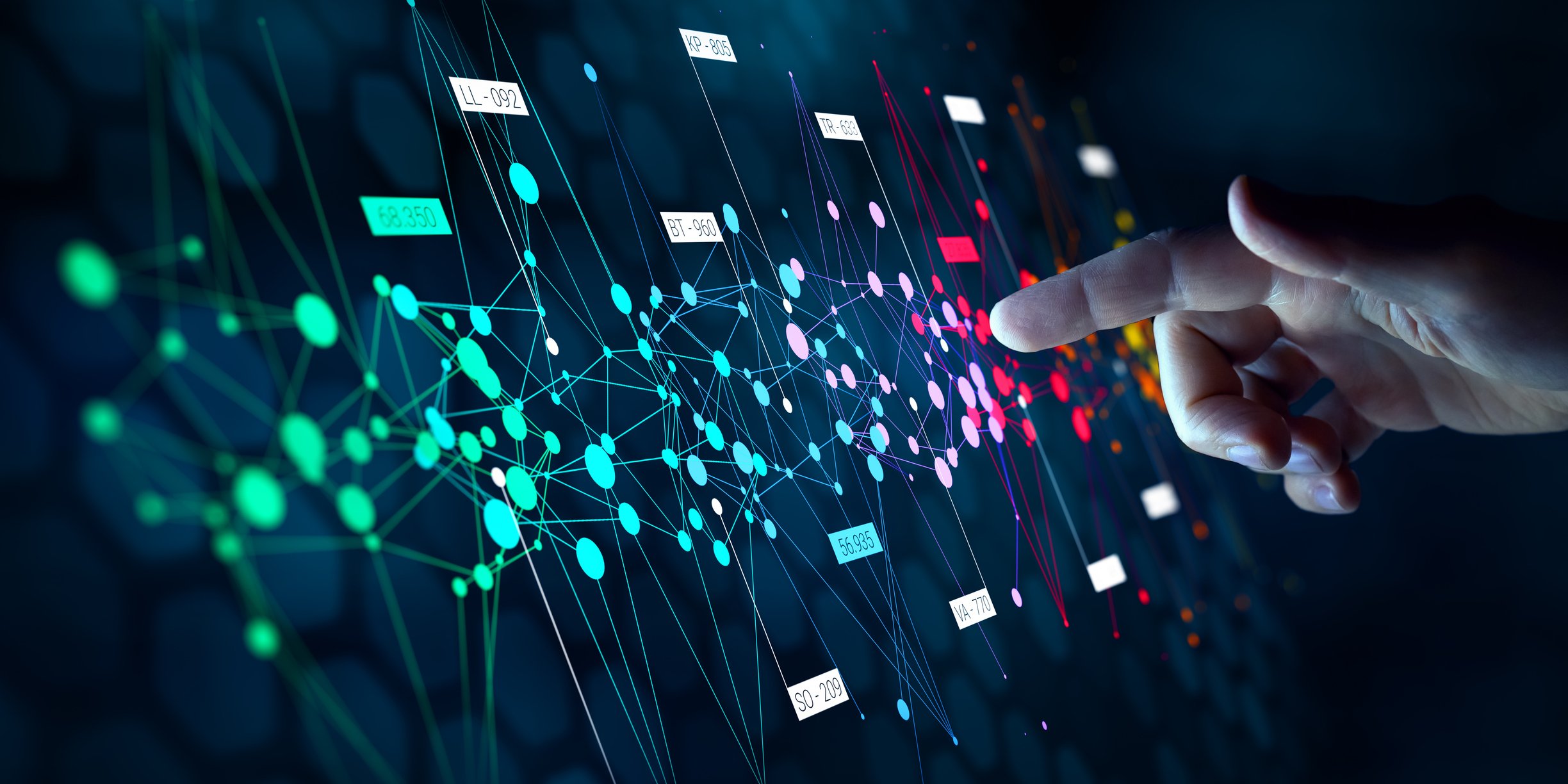
Technical Knowledge
Customer Experience (CX)
Customer Experience (CX) encompasses the overall perception and feelings customers have about their interactions with an IT organization across all touch points. It encompasses every aspect of an organization's IT offerings - from the quality of customer service to the usability of systems and the user's emotional connections. The goal of CX is to exceed user expectations and foster long-term loyalty.
Top Purposes
The primary purposes of CX in IT service delivery are:
Enhanced User Satisfaction: Ensuring that all interactions with IT services meet or exceed user expectations to boost overall satisfaction.
Improved Service Adoption: Encouraging higher adoption rates of IT solutions by making them user-friendly and relevant to users' needs.
Operational Efficiency: Streamlining IT processes to reduce downtime and improve response times, thereby enhancing productivity across the organization.
Top Benefits
Focusing on CX within IT service delivery offers several benefits:
Increased Productivity: Efficient IT services minimize disruptions and allow users to focus on their core responsibilities, boosting organizational productivity.
Reduced Support Costs: By improving the usability of IT systems and providing effective training, organizations can reduce the volume of support requests and associated costs.
Better Change Management: Well-managed IT services that prioritize user experience help facilitate smoother transitions during system upgrades and changes, reducing resistance and enhancing user acceptance.
Common Use Cases
CX is a critical consideration in various aspects of IT service delivery:
Help Desk and Support Services: Providing responsive, empathetic, and efficient troubleshooting to resolve issues swiftly and maintain user satisfaction.
Software and System Updates: Designing updates and new system rollouts to be minimally disruptive and maximally beneficial, often based on user feedback and usability testing.
Training and Documentation: Offering comprehensive training sessions and clear, helpful documentation to assist users in making the most of IT resources.
Service Level Agreements (SLAs): Establishing and adhering to SLAs that outline the expected level of service delivery, which helps set and manage user expectations.
User Feedback Loops: Implementing structured processes for collecting and analyzing user feedback to continuously improve IT services and ensure they align with user needs.
